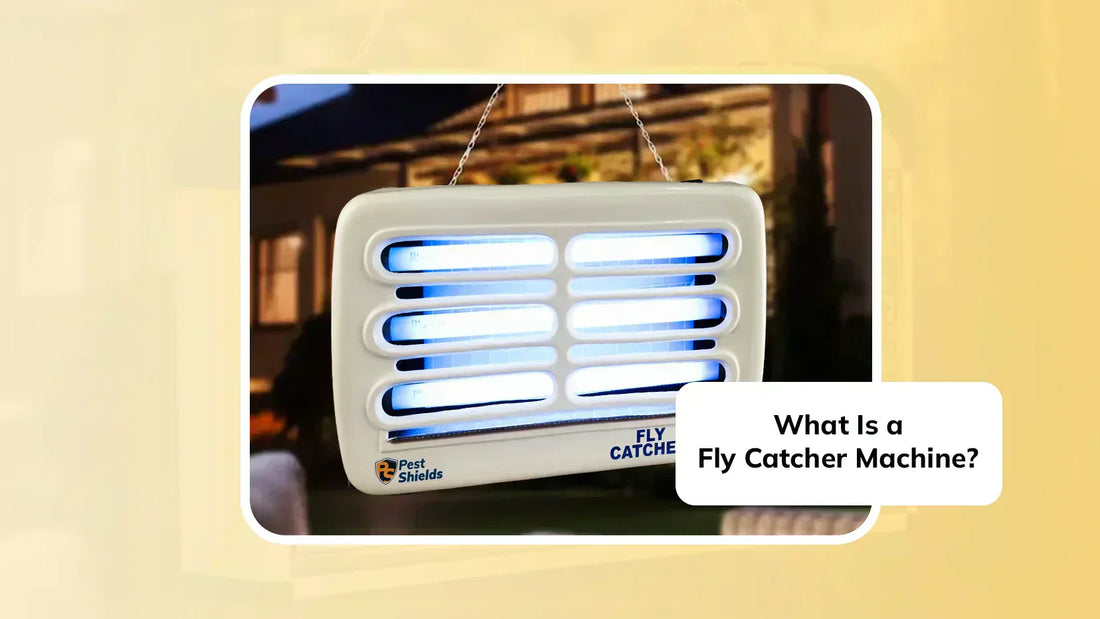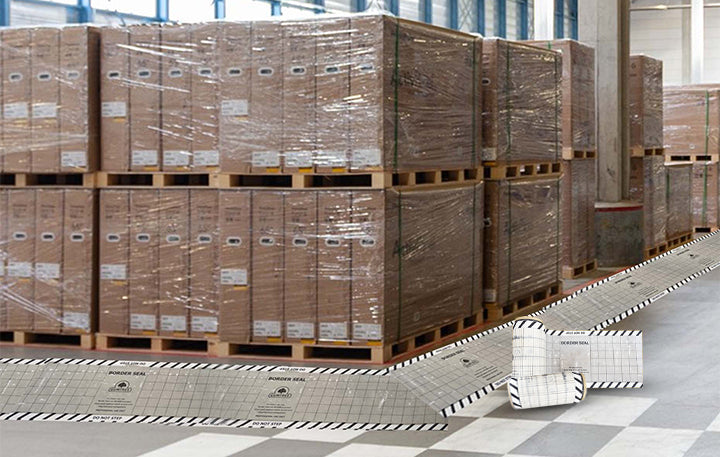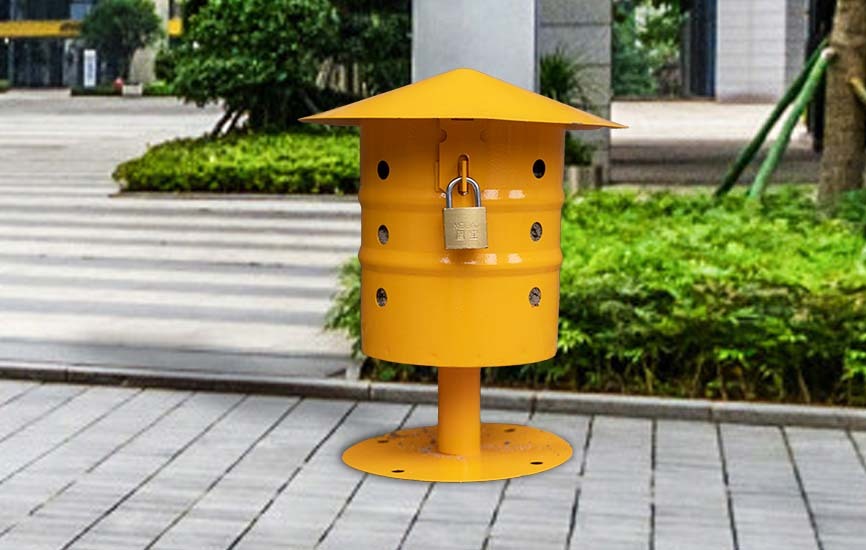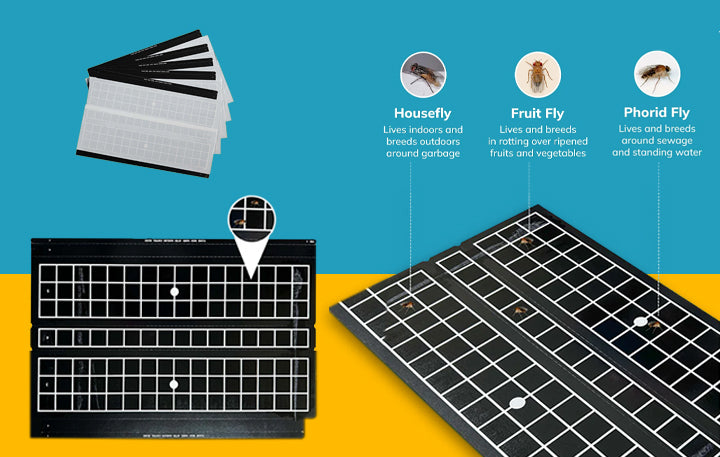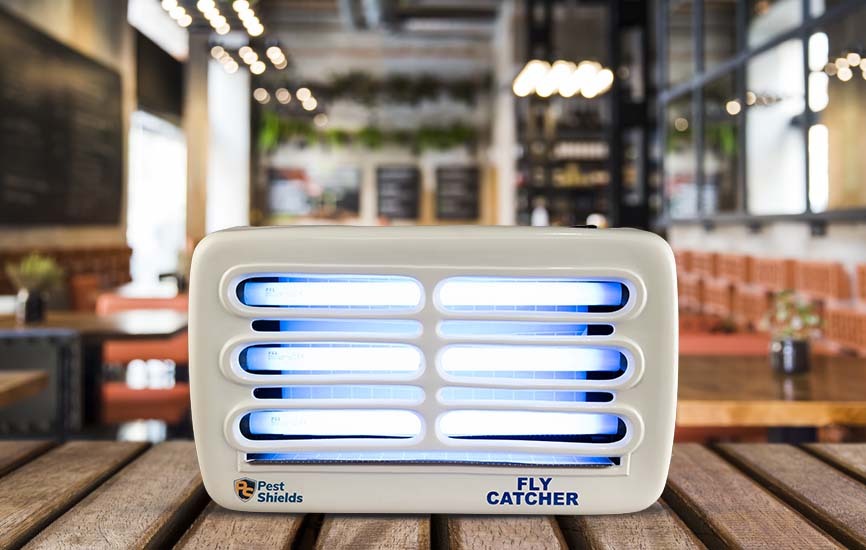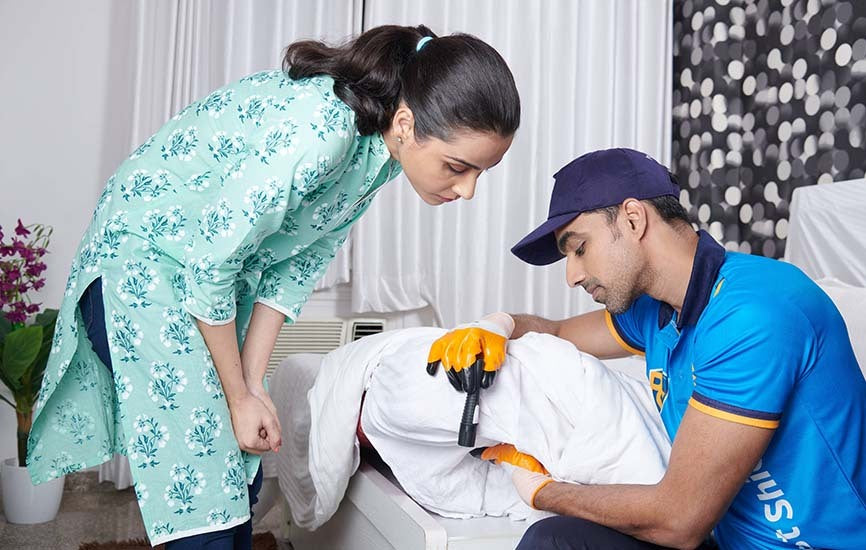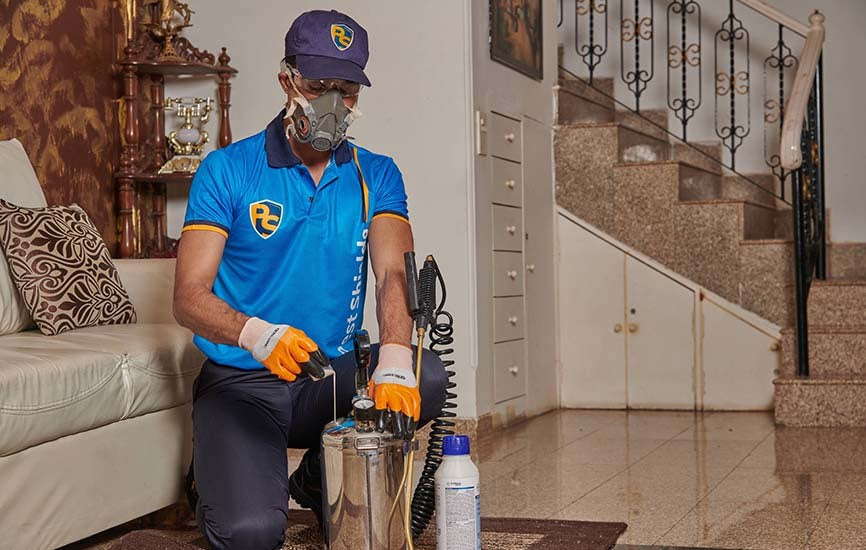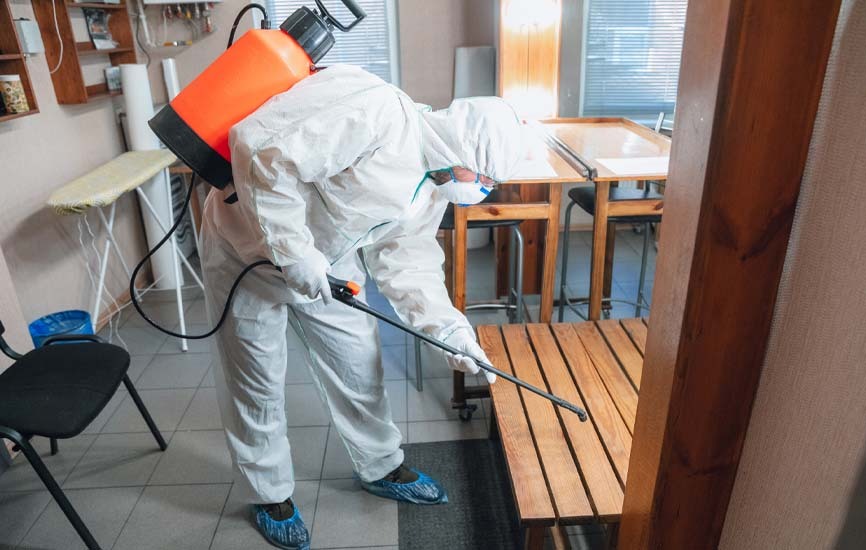In today’s health-conscious world, maintaining hygiene and a pest-free environment is essential. Whether at restaurants or commercial spaces, the presence of flies is more than just a nuisance - it’s a serious health concern.
That’s where fly catcher machines come into play. These intelligent devices are engineered to attract, trap, and eliminate flying insects - primarily flies - without the need for harmful chemicals or constant human intervention.
In this article, we’ll dive into the details of how does a fly catcher machine work, explore its types, applications, and why it’s a must-have for clean, healthy spaces.
What Is a Fly Catcher Machine?
A fly catcher machine is a specialized pest control device that uses ultraviolet (UV) light, adhesive boards, or electric grids to trap and kill flying insects. These machines play a crucial role in preserving hygiene, especially in places where food is stored, prepared, or consumed.
Common environments where these machines are used include:
Restaurants and cafes:
- Warehouses and factories
- Offices and retail stores
- Hospitals and clinics
By trapping and immobilizing flies, these machines prevent disease transmission and keep your space safe.
You can explore the full range of high-performance machines on our Fly Catcher and Killer Devices page.
Types of Fly Catcher Machines
1. Electric Grid-Based Fly Catchers (Bug Zappers)
-
Mechanism: Emit UV-A light to attract insects, which are then electrocuted upon contact with a high-voltage electric grid.
-
Best For: Commercial kitchens, warehouses, and high-infestation zones.
2. Glue Board Fly Catchers
- Mechanism: UV light attracts the insects, which then stick to a powerful adhesive surface.
- Best For: Chemical-free environments like supermarkets, bakeries, and food-processing units.
3. Natural or Eco-Friendly Fly Catchers
-
Mechanism: Use natural attractants such as plant-based lures and pheromones without any chemicals.
- Best For: Homes, cafes, eco-conscious households, and small offices.
4. Specialized Designs
-
Dual-Sided Machines: With 360-degree attraction and coverage—ideal for large open areas.
-
Aesthetic Models: Stylish units that blend with interior decor—perfect for hotels and restaurants.
- Uplighter Designs: UV light placed above glue boards for increased fly capture effectiveness.
Explore modern and efficient models on the Pest Shields Fly Catcher Collection.
How Does a Fly Catcher Machine Work?
The mechanism behind how does a fly catcher machine work can vary slightly by type, but all follow a general process involving attraction, trapping, and disposal.
Step-by-Step Breakdown
1. Attraction
- UV Light: Flies are naturally attracted to UV-A light (specifically in the 365-400nm range).
- Bait or Scent: Some machines also use food-based lures or pheromones.
2. Trapping or Elimination
- Electric Grid: Once flies come into contact with the electric mesh, they are instantly electrocuted.
-
Glue Board: Flies land on the sticky board and get trapped.
- Fan & Suction: A strong fan pulls the insect into a sealed container, preventing escape.
3. Collection & Disposal
- Zapped insects fall into a removable tray.
- Glue boards are replaced once full.
- Suction units collect insects in a washable compartment.
The system ensures no mess, no chemicals, and minimal maintenance.
Benefits of Using a Fly Catcher Machine
Using a fly catcher machine isn’t just convenient—it’s essential for spaces where cleanliness matters.
1. Hygiene & Cleanliness
Stops flies from contaminating food and surfaces with harmful bacteria like E. coli or Salmonella.
2. Disease Prevention
Reduces the risk of fly-borne illnesses, particularly in food prep areas.
3. Cost-Effective Pest Control
Once installed, the machine runs with low maintenance and power consumption.
4. Eco-Friendly Solutions
No toxic sprays or insecticides needed—great for the environment and sensitive areas like hospitals or schools.
5. Silent & Discreet Operation
Glue board and suction models operate silently, making them ideal for customer-facing businesses.
Fly Catcher Machine Applications in Daily Life
1. Restaurants & Cafés
Essential for maintaining FSSAI-compliant hygiene standards and offering guests a pleasant, pest-free experience.
2. Offices & Commercial Spaces
Fly catcher machines improve the overall atmosphere and keep reception and pantry areas clean.
3. Industrial & Warehousing
Prevent contamination in storage areas, especially where food, packaging, or perishables are handled.
4. Hospitals & Clinics
Essential in operation theaters, patient rooms, and dispensaries to prevent cross-contamination.
You can find effective devices for all these applications on our Fly Catcher and Killer Devices collection page.
Fly Catcher Machine Safety & Maintenance Tips
1. Placement Tips
- Install at 4–6 feet height, away from direct sunlight.
- Avoid placing near exhaust fans or open doors.
- Keep away from children's reach.
2. Cleaning & Maintenance
- Unplug the machine before cleaning.
- Clean the tray weekly (if applicable).
- Wipe down external surfaces with a soft cloth.
- Replace glue boards monthly or as needed.
- Replace UV lamps every 6–12 months for best performance.
3. Follow Manufacturer Instructions
- Always refer to the user manual.
- Do not tamper with internal wiring or components.
- Use only original replacement parts from Pest Shields or Pest Shields India.
Conclusion
Now that you understand how does a fly catcher machine work, it’s clear why this device is vital for maintaining clean, safe, and insect-free environments.
By combining smart technology and eco-conscious design, fly catcher machines offer a modern solution to an age-old problem—delivering hygiene without compromise.
Looking for a solution for your home, restaurant, or office?
Browse our full range of Fly Catcher and Killer Devices today!
FAQs
1. What is a fly catcher machine used for?
To trap and eliminate flies and flying insects, helping maintain hygiene.
2. How does a fly catcher machine attract flies?
Using UV-A light or bait, which lures the insects toward the trap.
3. What are the different types of fly catcher machines?
Electric grid, glue board, suction fan models, and eco-friendly options.
4. Are fly catcher machines safe for home use?
Yes, especially glue board and eco-friendly models. They’re chemical-free and silent.
5. How often should a fly catcher machine be cleaned?
Every 1–2 weeks, depending on usage. Glue boards and trays should be replaced regularly.
6. Do fly catcher machines work on all flying insects?
Primarily effective for flies, mosquitoes, moths, and gnats—species attracted to UV.
7. Which is better: electric grid or glue board fly catcher?
Glue boards are safer and quieter; electric grids are quicker and best for heavy infestations.
8. Where should I place a fly catcher machine for best results?
4–6 feet above ground, away from competing light sources or airflow.
9. Can fly catcher machines help prevent food contamination?
Absolutely—they trap flies before they can spread germs to food or surfaces.
10. How much electricity does a fly catcher machine consume?
Very little—typically between 15W to 40W, depending on the model.
